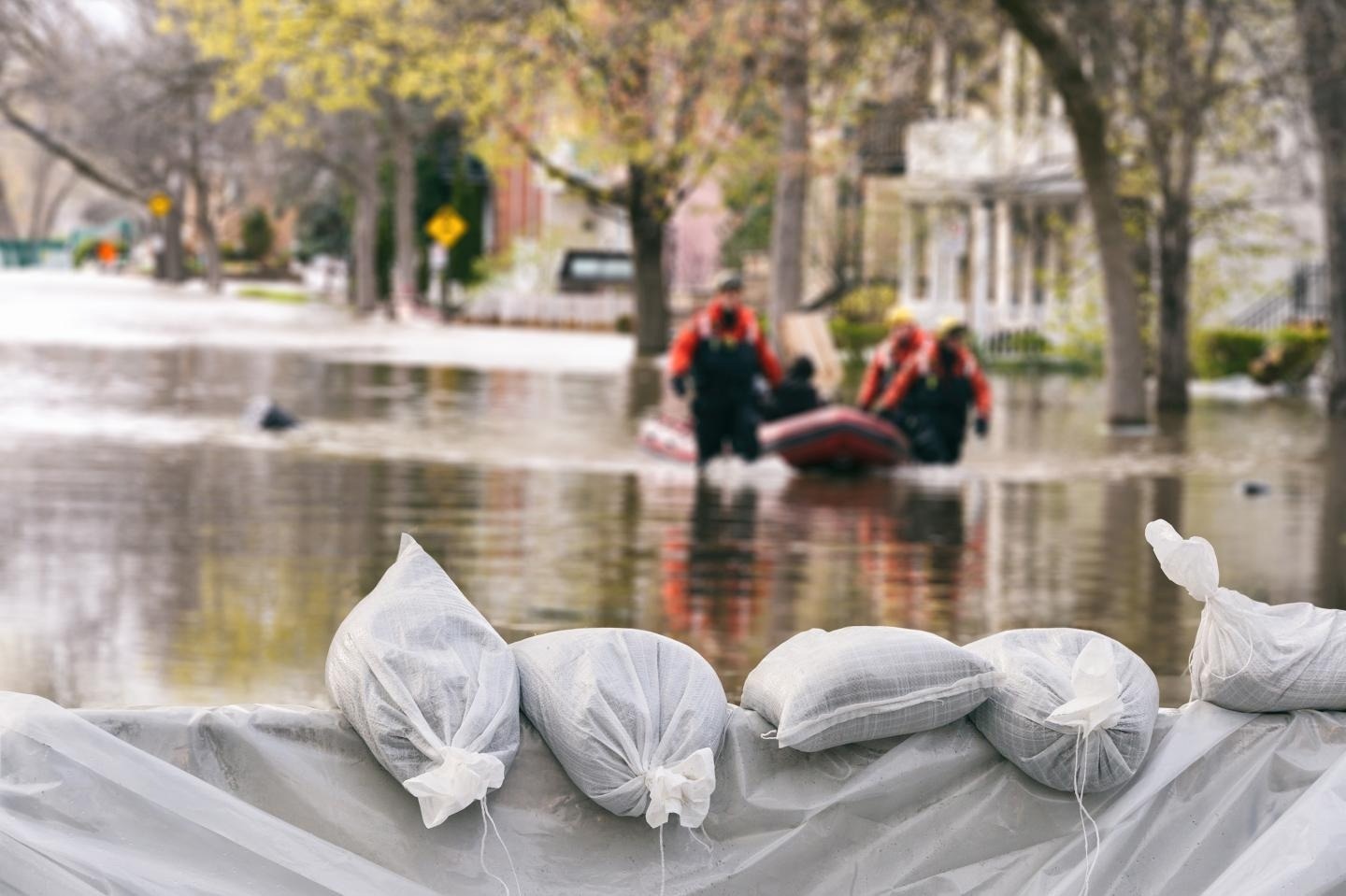In recent times, flooding from rivers breaching their banks has resulted in property damage and loss of life in France, Italy, Mexico, and South Africa, highlighting the escalating risks associated with climate change.

Image Credit: Getty Images
To brace for such floods, governments rely on mathematical models. However, due to time constraints and insufficient data, these models occasionally integrate "off-the-shelf" damage calculations derived from past floods unrelated to the current situation. Regrettably, these forecasts tend to be inaccurate, resulting in inadequate interventions that inadequately safeguard both property and human lives.
A natural disaster risk modeling expert from Johns Hopkins University has devised a dependable and cost-effective approach for governments to gauge anticipated damage caused by riverine floods—instances where rivers exceed their banks.
This innovative method not only furnishes users with systematic guidelines but also quantifies and allocates numerical values to the uncertainty level in each flood damage projection. This provision grants governments a more precise assessment of the reliability of their predictions.
The bottom line is that accurate predictions are crucial to the safety and well-being of people and property. If a government acts based on inaccurate information, its preparation can be off by orders of magnitude, with very serious results.
Gonzalo Pita, Associate Research Scientist and Director, Department of Civil and Systems Engineering, Whiting School of Engineering
He is also an instructor in the Johns Hopkins Engineering for Professionals’ civil engineering program.
The research was published in The International Journal of Disaster Risk Reduction. It builds upon work that was earlier published in The Journal of Hydrology.
In the recent study, Pita initially delved into the precision of relying solely on expert opinion to gauge and forecast flood damage. Conducting surveys among various authorities, Pita simulated numerous expert opinions in various combinations to scrutinize how the composition of the expert team impacts the accuracy of predictions.
Pita says, “What I found was a variability in accuracy of between 10% and 46% among experts, which is a wide range. I also learned that accuracy was enhanced by adding additional expert voices, rather than simply adding more questions to the survey.”
Following that, Pita addressed the challenge associated with "damage functions," an essential element in simulating natural disaster risks.
These functions represent the mathematical link between two variables—specifically, a depth-damage function depicts the connection between floodwater depth and the resulting damage level, such as "1 foot of floodwater in a home equals $10,000 in damage."
According to Pita, accurately devising these functions is beyond the capacity of numerous governments.
It is a very expensive process in terms of money and time, and poor countries—and even wealthy ones—sometimes may not have the expertise, time, or data to develop them within an acceptable timeframe. So with this method, these functions can be built inexpensively but with a useful level of accuracy that governments can use provisionally until they get better data that will enable them to generate more accurate functions.
Gonzalo Pita, Associate Research Scientist, Director, Department of Civil and Systems Engineering, Whiting School of Engineering
The novel approach functions by quantifying the uncertainty within experts' predictions, and assigning weights to each expert. This process yields a more nuanced analysis of the uncertainties inherent in the predictions. The outcome is a method that Pita anticipates will be "extremely beneficial" for flood modelers and have a significant impact on preparedness policy.
He says, “These types of insights could inform policy directly and indirectly, from enabling smarter zoning laws and budgeting for asset maintenance to designing disaster insurance programs. All of this is to say that better flood damage data and predictions have the potential to have far-reaching benefits.”
Journal Reference
Pita, L, G., et al. (2023). Flood depth-damage and fragility functions derived with structured expert judgment. Journal of Hydrology. doi.org/10.1016/j.jhydrol.2021.126982